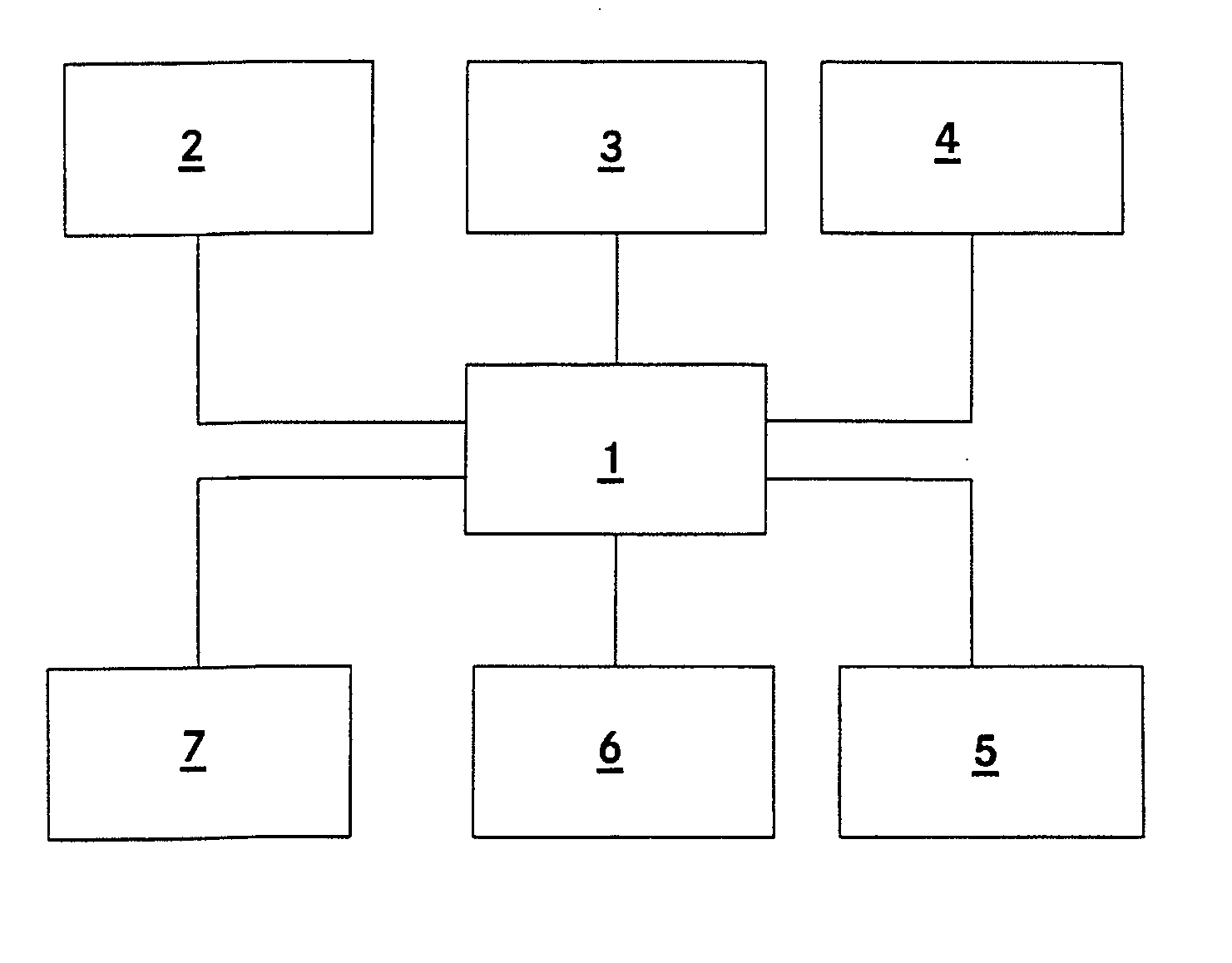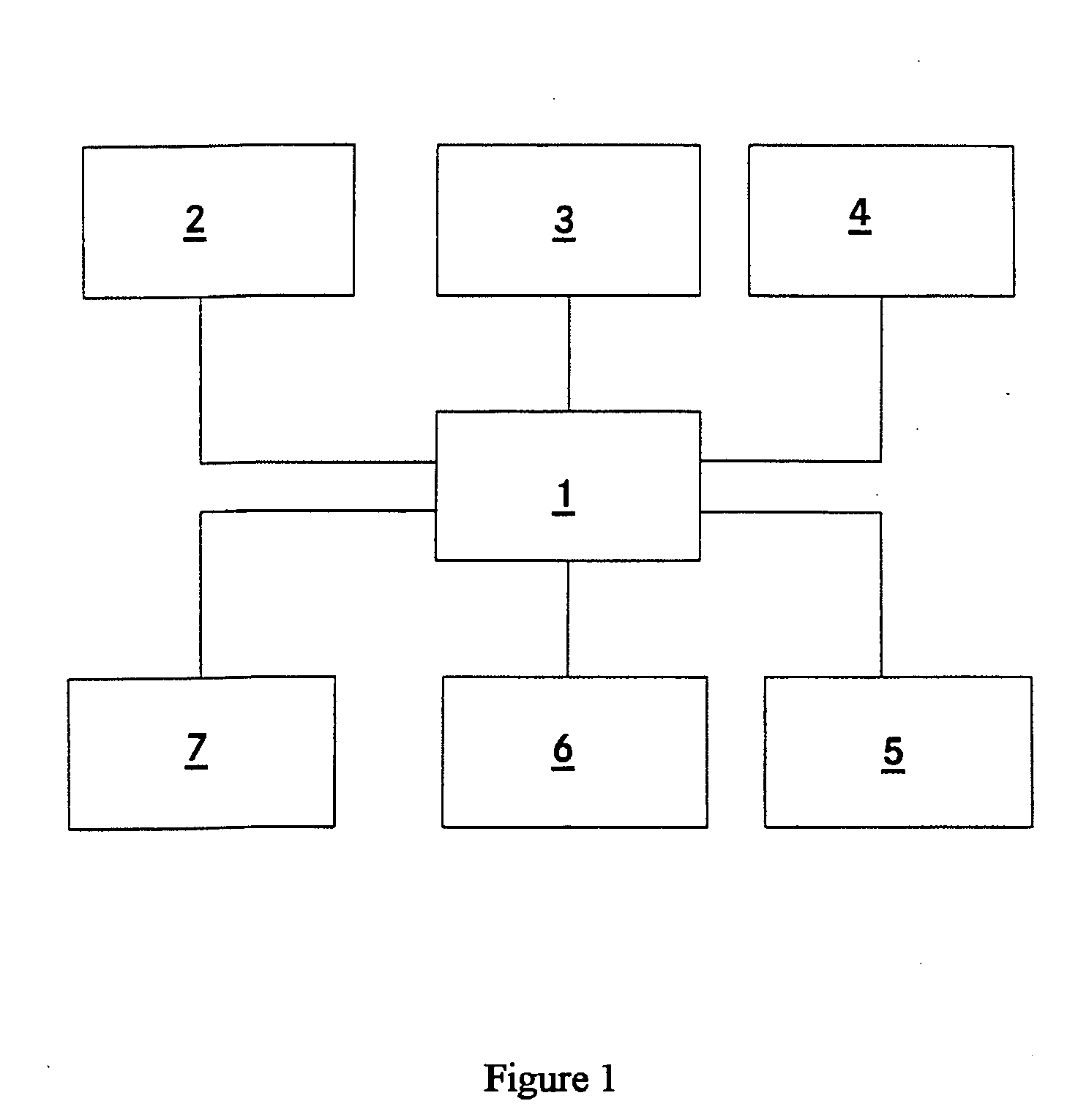Device for improving the visibility conditions in a motor vehicle
a technology for improving visibility and motor vehicles, applied in the direction of pedestrian/occupant safety arrangements, vehicular safety arrangements, television systems, etc., can solve the problem of insufficient selection of vehicle speed, and achieve the effect of reducing the operating capacity of the device, reducing the consumption of energy, and efficient and reliable operation of the devi
- Summary
- Abstract
- Description
- Claims
- Application Information
AI Technical Summary
Benefits of technology
Problems solved by technology
Method used
Image
Examples
Embodiment Construction
[0029] This device exhibits a radiation source 2 for infrared radiation which irradiates infrared radiation with a wavelength of approximately 800 nm. The radiation source 2 is implemented as an infrared laser. This radiation source 2 is arranged in the front vicinity of the vehicle in the vicinity of the headlights and irradiates the vicinity in front of the vehicle. In addition, this device has an infrared-sensitive camera 3 which is arranged in the vehicle and is orientated in such a way that it senses at least part of the surroundings which are irradiated by the infrared radiation source 2, and feeds the sensed image data to the display 4 via the control unit 1. By means of the display 4, the image data which is fed to it and sensed by the camera 3 is displayed and thus made available to a driver of a vehicle. The control unit 1 controls the infrared radiation source 2, the camera 3 and the display 4 in this context.
[0030] The infrared radiation source 2 radiates infrared radia...
PUM
 Login to View More
Login to View More Abstract
Description
Claims
Application Information
 Login to View More
Login to View More - R&D
- Intellectual Property
- Life Sciences
- Materials
- Tech Scout
- Unparalleled Data Quality
- Higher Quality Content
- 60% Fewer Hallucinations
Browse by: Latest US Patents, China's latest patents, Technical Efficacy Thesaurus, Application Domain, Technology Topic, Popular Technical Reports.
© 2025 PatSnap. All rights reserved.Legal|Privacy policy|Modern Slavery Act Transparency Statement|Sitemap|About US| Contact US: help@patsnap.com


